This is a story about details.
Details are a good thing.
However, many people tend to forgo them when they are distracted by others things like… learning songs.
I have found, after decades of teaching, that when someone is learning a song, the details are the first thing to go.
Details such as…
• proper left hand technique
• proper right hand technique
• effective fingering
• timing & rhythmic accuracy
• the specifics of chord voicings
… and a few other things maybe.
(and by the way, by “proper”, I mean, effective)
This is because when you are working on a song, you are contending with the all of it… chord fingerings, chord transitions, strumming, technique & timing, the song’s form- verses, choruses, etc., moving parts, riffs, and maybe even singing. The mind is so preoccupied that certain particulars are bound to get lost in the shuffle.
So I thought I’d start a series of articles about the details of certain chords that we all know & love. The chords you use everyday but maybe haven’t really thought about in a while.
You know, the basic chords. The “open string” chords. The “cowboy” chords.
By getting reacquainted with these chords, you might find that you missed some of the nuance when you first learned them. And these nuances can make the difference between sounding kinda good and really good.
Now, I sincerely feel that, if someone knows a few chords & can do a little strumming and is having fun, then that’s great.
More power to them. Playing for fun is fun.
But if you desire to take your playing to the next level, then what you want to do is to create a version of yourself that pays closer attention to the details.
Because growing as a musician is really all about developing the finer points of your musicianship skills.
I am fascinated with all the different versions of a single chord that exist out there in guitar land.
And in this case, I mean different fingerings and different voicings.
Let’s address fingerings first:
Here’s the basic A major triad chord we all know & love…
It is shown here with the traditional fingering. But there’s an issue with effective fingertip placement. Unless you have hands the size of Barbie’s, there is no possible way you can get your 1st finger snug up against the fret. Which, by the way, is really important to getting a good clear note out of your guitar string.
As a matter of fact, that is one of the hard & fast “rules” in guitar playing that has a tendency of escaping many a student…
• Always strive to get your fingertips as close to the fret as possible.
(and for the record, I don’t particularly care for the word, “rules”… this is art, ya know)
I’ve had students who have been playing guitar their whole lives who never knew that you are suppose to make sure to put your fingertips snug up against the frets. However, the reality is that you can’t always achieve such fret closeness, can you? And this particular A chord fingering is a perfect example.
So how about we try us a different approach?…
This fingering allows you to get the 2nd & 3rd finger up close while you scoot the 1st finger in-between.
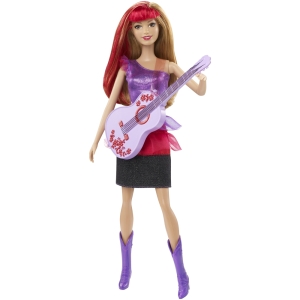
Well, geez… Barbie’s guitar is scaled to her body size so I guess she has the same fingering issues as we all do.
There is another good basic axiom of guitar chords…
* Certain fingerings work better depending upon the chord you’re coming from &/or the chord you’re going to.
Different fingerings allow for opportunities to use common fingers, guide fingers & similar shapes. This is a subject in and of itself, of course. So let’s just stay focused on the story of the A.
Oh hey, you should always know the personal details about your chords…. you know, like you do with your friends… as in where they came from & what their favorite color is, & what restaurants they like to go to (#in-n-out)…
A Major Triad = A C# E
It can be the I chord (read “one chord”) in the key of A
or
It can be the IV chord in the key of E
or
It can be the V chord (read “one chord”) in the key of D
If you don’t know what any of that meant, that’s okay. It was a bunch of music theory & it’s good to be exposed to it frequently so that eventually, after numerous exposures, you will start to get the idea.
Consider the seed planted.
You’re welcome.
As you were…
There’s this classic rock fingering… I mean, “classic” fingering, not “classic rock” fingering, although, that kinda is what it is… oh, never mind…
It’s a fingering that shows up in a lot in rock guitar songs and it’s beauty is contained in the ease of the fingering… one finger laying right across the 4th, 3rd, & 2nd string. Super easy to grab whilst jumping off a drum riser. However, there is a significant change to the chord voicing when you do this.
(when you use just your 1st finger, that is… not when you jump off a drum riser)
This voicing doesn’t have the open E note on the 1st string that was in the first A chord we looked at.
Is this a big problem? Well, no. But it is a detail that you might need to pay attention to depending on the musical situation in which you are using the A chord. For example, if you are fingerpicking with your right hand, then every note in a chord voicing is important.
We’ve addressed voicings before, but just to remind you…
voicing = the arrangement of notes in a chord, usually referred to from low to high.
And the details of the voicings are important to your end result… meaning how your music sounds.
The two voicings we are talking about here are only one note different… one has five notes, one has four.
The one with five notes will sound more full & the E note on the first string will be the most prominent note the ear will hear.
The one with four notes has a C# note on the 2nd string as its highest note, so that will be its most prominent note.
So there’s a couple of chord voicing considerations for you… fullness & the highest, most prominent note.
And just what exactly are you to consider with these particulars?
Well, welcome to art, my friend, ’cause the answer is in however you want to shape your music with these details. There are stories of famous composers obsessing over one little note for days. Now, I don’t suggest you go making yourself all crazy, but the point is, as I say again, the details.
Personally, I believe that even non-musicians (I call them “civilians”) notice subtleties in music… at the very least, subconsciously. And even if you change a detail just for your own amusement, that’s a good enough reason.
So back to the A chord…
Depending upon how double-jointed you are, I suppose you could lift the back of your 1st finger off of the 1st string and get your open E back…
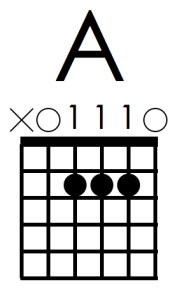
And, if you need a handy A power chord, you can use the back of your 1st finger to mute the 2nd & 1st string…
This is the kind of technical finesse that empowers one to do whatever one wants, whenever they want to.
Artist like this kind of power.
(well, who wouldn’t, really)
So what’s up with all these fingerings? Do you really need a bunch of different fingerings & voicing variations for one stinkin’ chord?
Maybe not. It depends on what you are striving to achieve with your music & your guitar playing.
If you care about consistently sounding good when you play, then you might want to start paying attention to such things.
Not considering the details can be very disruptive to your world. But if you do care, this IS your world.
Because if you get into the deeper details, cool things happen…
You start to notice things.
You sound cleaner.
You start to explore things deeper.
You start to play better.
And there’s an underlying consistency to your musicianship skills that translate into more compelling performances.
Really.

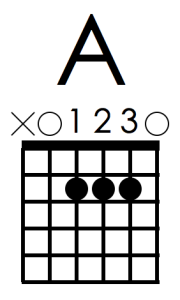
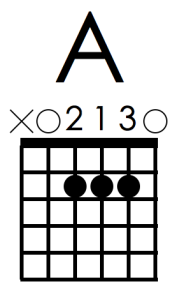
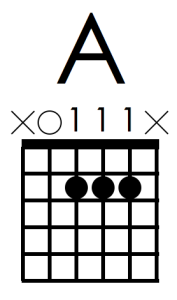
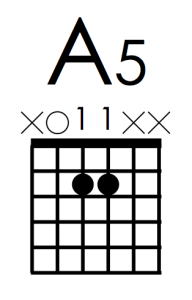
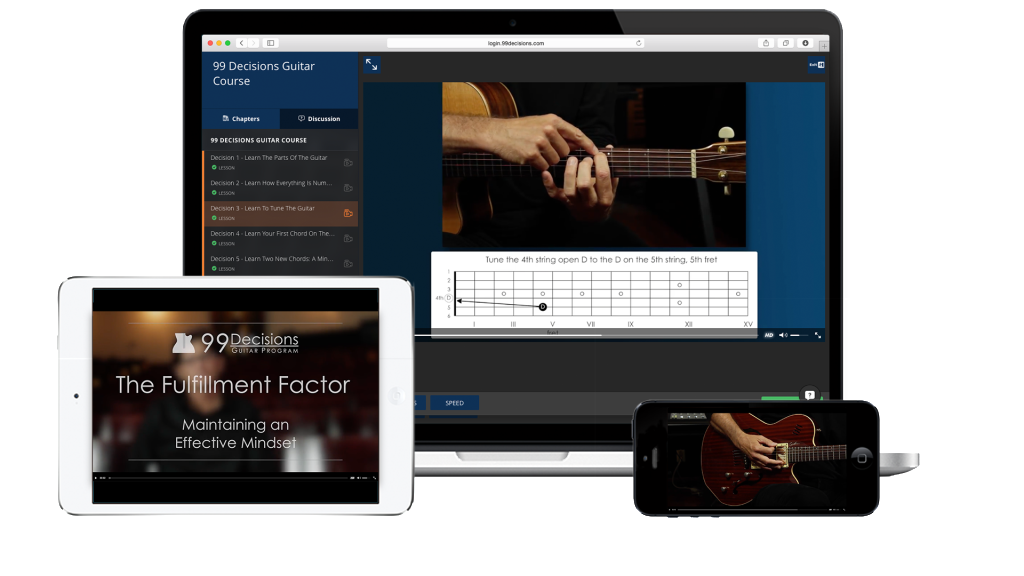
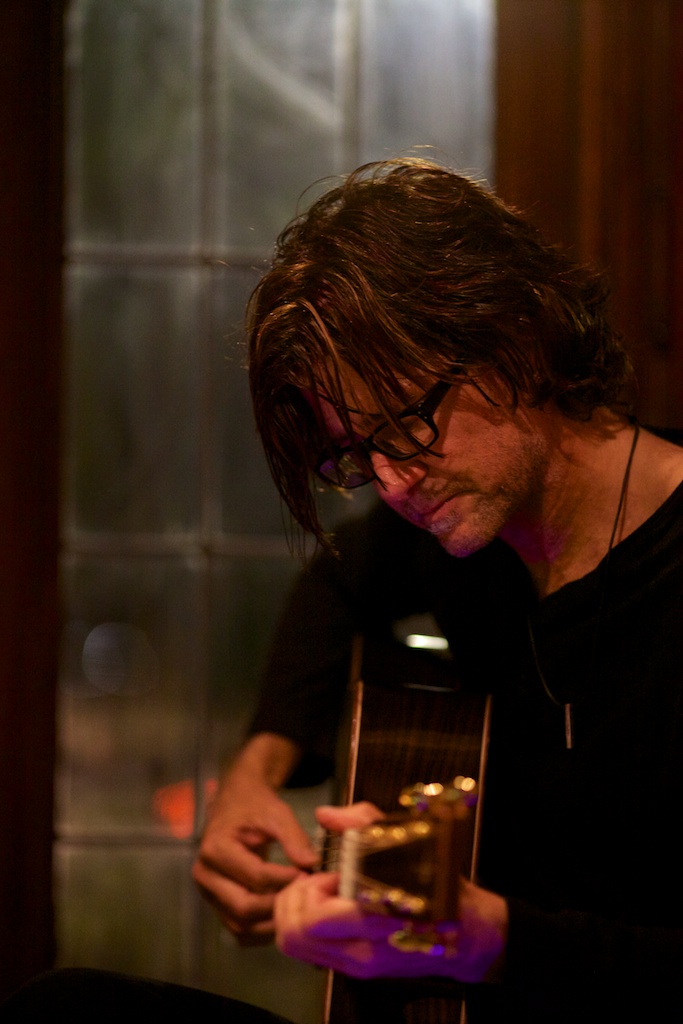
1 Comment
John Petrovich
November 7, 2015Love this blog! Having somewhat sausage-like fingers, I always struggle with hitting a clean A major chord. This helps me a ton, especially in situations when I need to hit the A chord quickly transitioning to a follow-uo chord. Love the straight ones too!
Leave A Response